
FLEXORS: rectus abdominus, psoas(depending on position)
EXTENSORS: spinalis, longissimus, iliocostalis, multifidus
SIDE BENDERS (LATERAL FLEXION): quadratus lumborum
COMMENTS: When working on the back, the two most common muscles involved are the multifidus and the quadratus lumborum. The next most common muscle is the gluteus medius, which refers pain into the sacro-iliac joint. Working these muscles will usually help most back pain.

COMMENTS: The hips are the foundation of our lower bodies. They are the bowl that carries our deepest selves, our organs. The hips are balanced upon each femur, and then support the spine where the lumbar vertebrae meet the sacrum. The shape of the hip bones create an arch, with the top being the sacrum, and the sides coming down onto the femurs. This arched structure allows the hips to transfer the weight of the body to the femur bones.
There are 4 groups of muscles around the hips. These are the adductors (on the inside), the abductors (on the lateral hip), the flexors (on the anterior side) and the extensors (on the posterior aspect). These muscles control the movements of the hips. When we think about movement of the hips, there are two possibilities. The first possibility is that someone is placing their weight on one leg, and so the opposite hip joint is able to move between the femur and ilium. This happens when someone takes a step. The other possibility is that both feet are planted on the ground, becoming the foundation, and the hips move in relation to both femurs but affect the curve of the lumbar vertebrae. There are two major hip/back movements that we can evaluate- anterior rotation (tilting forward and an increase in lordosis) and posterior rotation (tilting back and an increase in kyphosis, or flat back).
With each distortion, there will be a diagonal pattern of tension through the body. For example, with posterior rotation the hamstrings and rectus abdominis will be tight. In an anterior rotation the rectus femoris and ilio-psoas on the front and the back erectors on the back will be tight. When the movement of the hips is exaggerated one way or another, it can result in lower back pain.
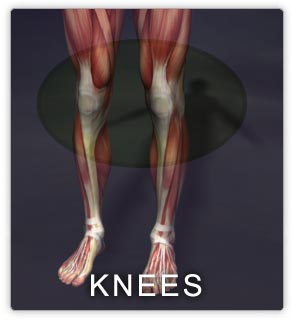
FLEXORS: Hamstrings (semi membranosus, semiteninosus, biceps femoris), gastrocnemius, popliteus
EXTENSORS: vastus medialis, vastus lateralis, vastus intermedius, rectus femoris
COMMENTS: The main movements of the knee are flexion and extension. For lateral knee pain, look at the vastus lateralis. For anterior knee pain, see the vastus medialis. For posterior knee pain, see all the flexors.

EVERTERS: peroneus longus & brevis, ligments
PLANTER FLEXORS: gastrocnemius, soleus
DORSI FLEXORS: tibialis anterior
COMMENTS: The most common ankle injuries involve talo-fibular and calcaneo- fibular ligament strain and achilles’ tendinitis. Working these injuries consists of frictioning the ligaments, releasing the muscles, and suggesting that the client perform ankle strengthening exercises at home.
INJURY: The ankle joint can respond in two ways to a strain. The ankle ligaments could be stretched, causing the ankle to be unstable and to feel looser than the healthy side. When someone has a loose ankle they should perform exercises to strengthen the ankle. The main muscles of stabilization of the ankle joint are the peroneus brevis, peroneus longus, and the deep ankle flexor such as the tibialis posterior. Trigger points in the muscles will also make the muscles weak and unable to support the joint. The other response is a buildup of scar tissue that causes limited range of motion in the ankle. Ankles that have a restricted range of motion should be loosened by massage, cross-fiber frictioning and stretching.
ASSESSMENT: In order to test the ankle the client should be supine. Take both feet in your hands and turn them towards each other (inversion). This can tell you if the ligaments on the outside have been torn or stretched. Notice which foot is restricted. Use slow stretches to release the restriction.
MASSAGE: Only work on an ankle injury after the initial inflammatory stage (1-3 days) is over. It is contraindicated to do deep massage over an area that is inflamed or puffy. When there is excessive edema (swelling) the appropriate form of treatment is manual lymphatic drainage.
Real Bodywork
85 Vista Del Mar Dr.
Santa Barbara, CA, 93109
Phone to leave a message 805 898-1539
We prefer you contact us by email
email@realbodywork.com


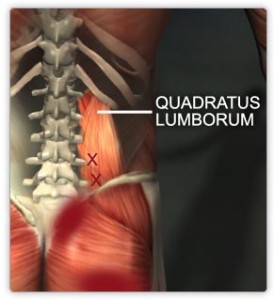



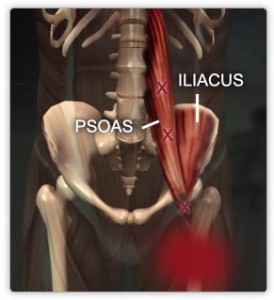


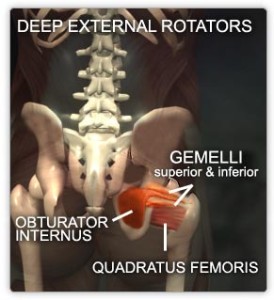

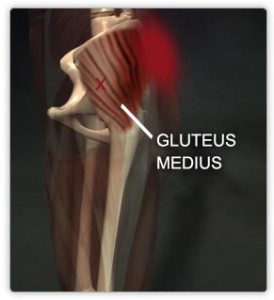

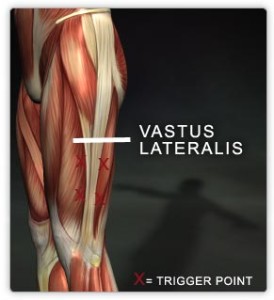


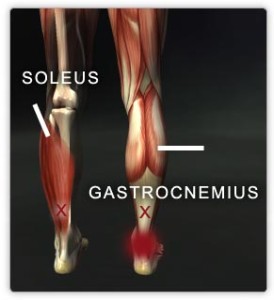

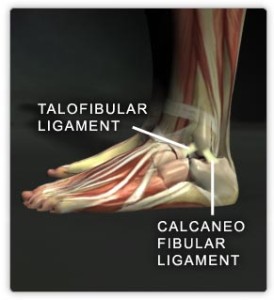
Follow Us!